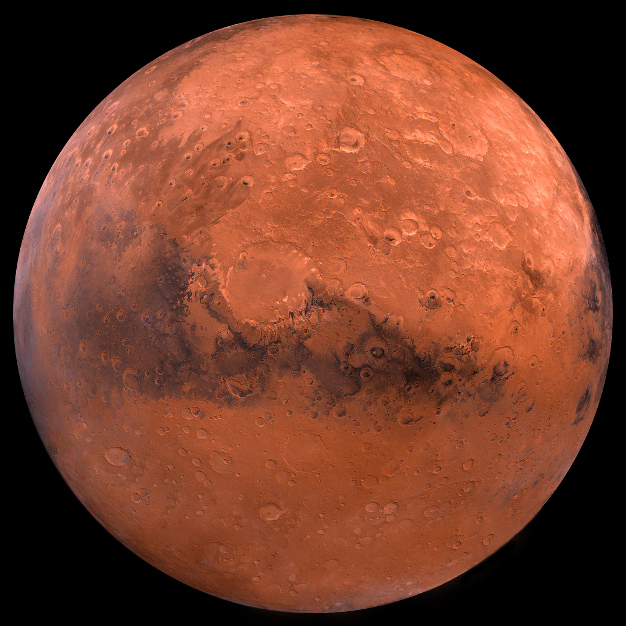
NASA engineers have completed a successful separation test of the Mars 2020 rover and its descent stage that will deliver it to the surface of the Red Planet. The indoor test at the space agency’s Jet Propulsion Laboratory (JPL) in Pasadena, California, involved the explosive separation of the rover and descent stage, which was lifted away by a crane.
When the Mars 2020 mission enters the Martian atmosphere on August 5, 2022, the final moments before landing will involve a complex series of events and use a more advanced version of the technology used to land the Curiosity rover in 2012.
When it hits the upper reaches of the atmosphere at hypersonic speeds, it will be protected by an aerodynamic heat shield and backshell that will not only ward off the heat of entry as it slows down but will also provide it with some lift, allowing it to maneuver. When it is reduced to supersonic speeds, a series of parachutes will slow it down even more.
After the spacecraft has jettisoned its cruise stage and heat shield, at an altitude of 1 mile (1.6 km), the lander will be traveling at only 170 mph (274 km/h). At this point, the rover and its connected descent stage will drop away from the backshell in a state of free fall.
